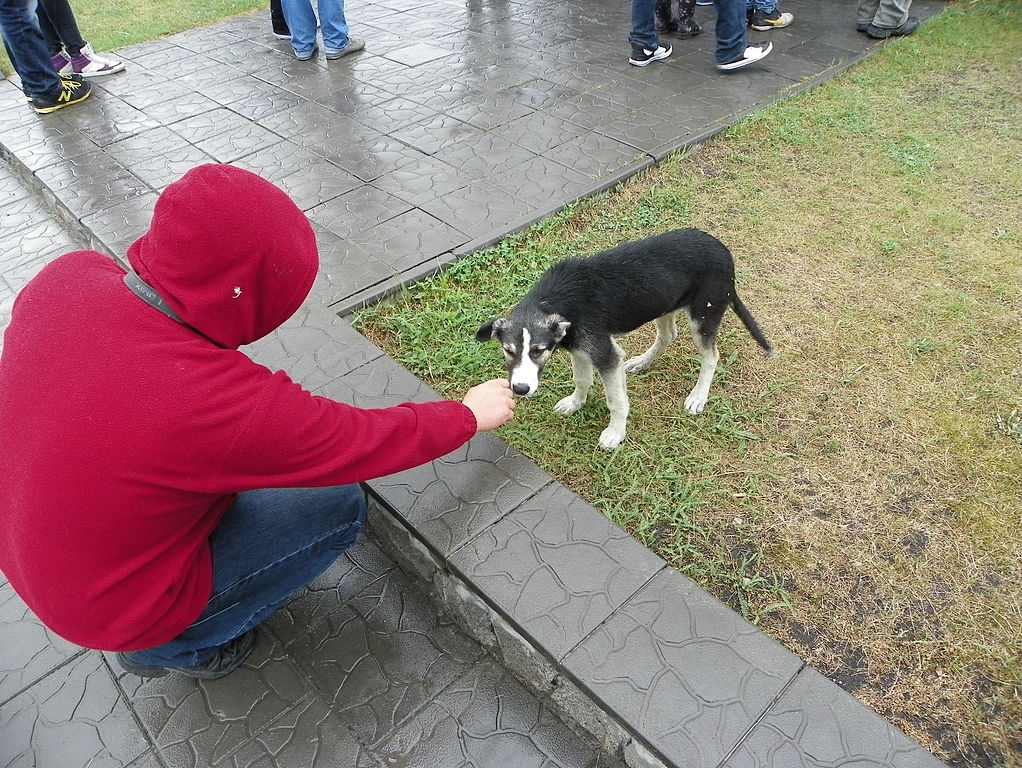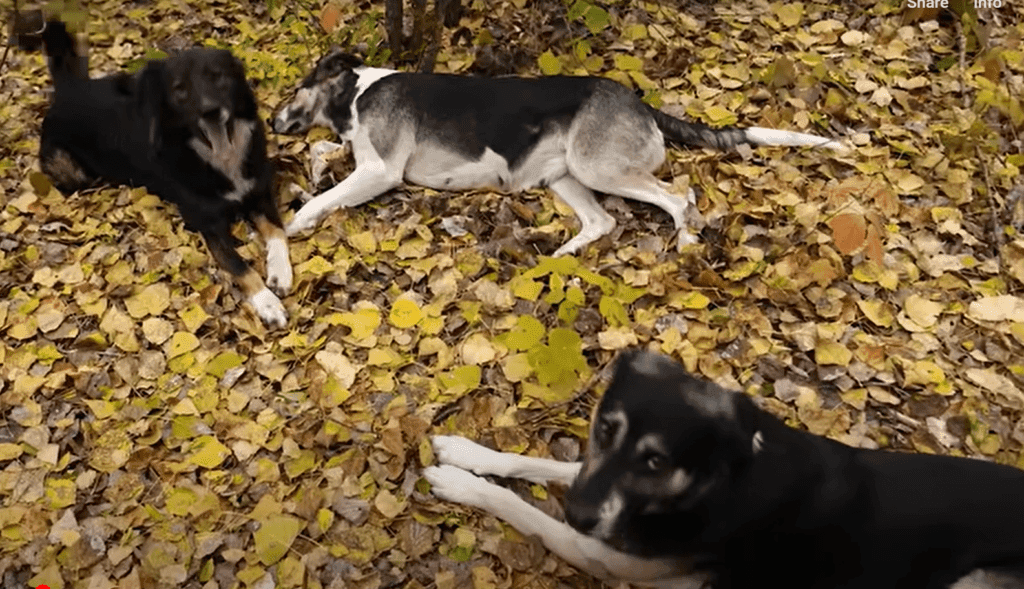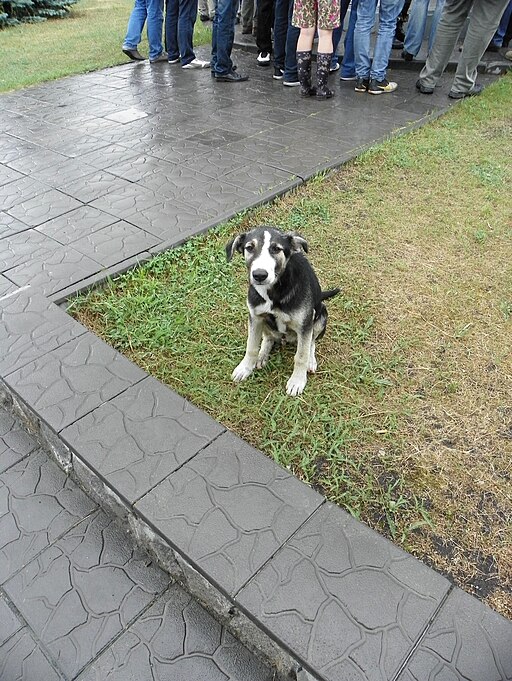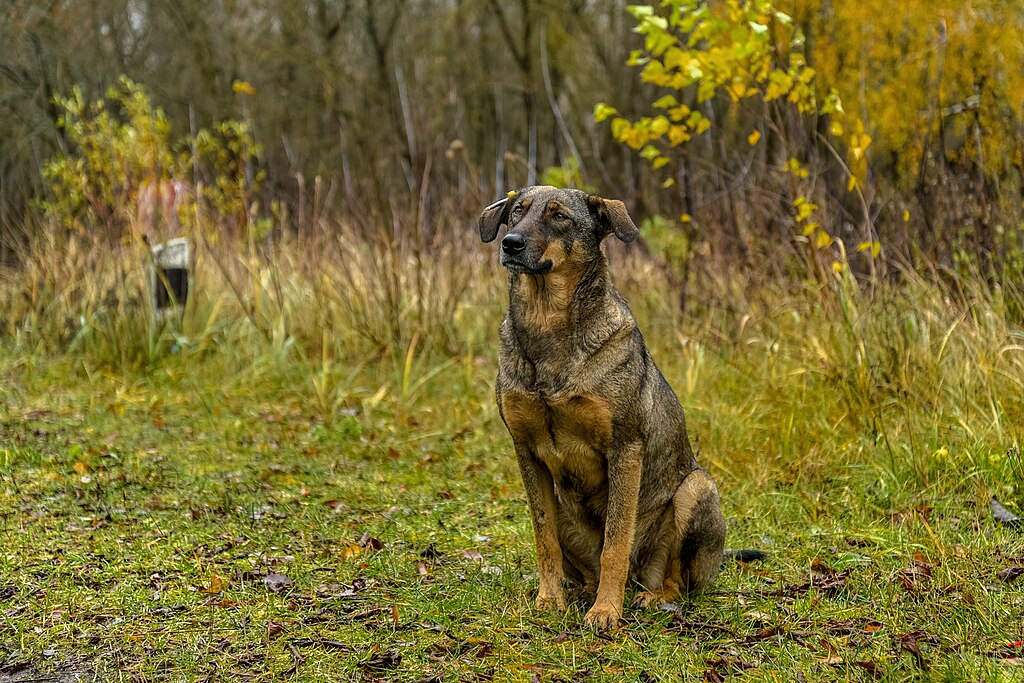The Chernobyl nuclear disaster in 1986 devastated communities, forcing residents to abandon their homes—and their pets. Over 36 years later, a unique population of wild dogs thrives within the radioactive Chernobyl Exclusion Zone, defying the odds and offering remarkable insights into survival, adaptation, and resilience. These dogs, descendants of the pets left behind, now need your help to endure and flourish in a harsh, radioactive wilderness.
Page Contents
The Origins of Chernobyl’s Dogs
When Reactor 4 at the Chernobyl Nuclear Power Plant exploded, a rapid evacuation displaced 47,000 residents from Pripyat. In the chaos, pets were deemed “non-essential” and left behind. While most animals perished in the radioactive wilderness, the dogs displayed remarkable resilience. Despite initial culling attempts by Soviet authorities, these canines survived and eventually established a thriving, self-sustaining population in the 30-kilometer-wide exclusion zone.
A Unique Population of Canines
Appearance and Behavior
Contrary to misconceptions about radiation, Chernobyl’s dogs appear healthy and surprisingly normal. These “radioactive mutts” have interbred over generations, creating a population with similar physical traits: medium size, sturdy builds, and striking orange eyes. Though wild, many are friendly and accustomed to human interaction, often seeking food and affection from visitors.
Scientific Importance
The dogs of Chernobyl are more than a curiosity—they are a genetic treasure trove. Researchers are studying these animals to understand how long-term exposure to radiation affects DNA, survival, and adaptation. Early findings suggest that while the dogs carry some genetic mutations, their ability to thrive in such an environment provides valuable insights into resilience and environmental adaptation.

Life in the Exclusion Zone
Challenges of Survival
Life in the Chernobyl Exclusion Zone is far from idyllic. The dogs face:
- Predation: Wild predators pose a constant threat.
- Harsh Winters: Frigid Ukrainian winters demand shelter and warmth.
- Limited Resources: Food and water are often scarce.
- Radiation Exposure: Though ambient radiation levels are lower than expected, contamination persists, bioaccumulating in the dogs’ bodies.
Despite these challenges, the dogs demonstrate remarkable survival instincts, including pack behaviors that mirror those of wolves.

Efforts to Help Chernobyl’s Dogs
The Clean Futures Fund (CFF), a U.S.-based nonprofit, has been instrumental in improving the lives of these animals. Since 2016, CFF has:
- Vaccinated, spayed, and neutered over 1,000 dogs.
- Provided food, shelter, and medical care.
- Reduced the population to a manageable size, improving overall health and quality of life.
The organization also tags and monitors the dogs, gathering valuable data to better understand the population’s health and genetic diversity.
How You Can Help

Supporting the dogs of Chernobyl is a meaningful way to preserve a unique animal population and contribute to a broader mission of healing after disaster.
Making a financial contribution is one of the most direct ways to support their efforts. Donations help cover the costs of the following:
- Spay and neuter programs.
- Vaccination and medical care.
- Food and shelter for the dogs.
- Support for the humans living and working near the Chernobyl plant.
You can donate directly through their website:
Other Ways to Help
- Sponsor a Dog
By sponsoring a dog, you can provide ongoing support for their care. Sponsorship helps with medical treatments, food, and other necessities. You may even receive updates and photos of the dog you’re sponsoring. - Volunteer
If you have specialized skills, such as veterinary expertise or animal handling experience, you can volunteer to assist with their campaigns and programs. Volunteering on-site may involve participating in sterilization clinics or helping with the day-to-day care of the dogs. - Spread Awareness
Raising awareness is crucial to garnering support for the Dogs of Chernobyl program. Share their mission and stories on social media, write about them on blogs, or talk to friends and family about the importance of their work. - Fundraising Events
Participate in or organize fundraising events. CFF often hosts events, and you can also create your own fundraising campaigns to support their efforts. This can be anything from a charity run to a bake sale or an online crowdfunding campaign.
For detailed information and to get involved, you can visit their official website: Clean Futures Fund
Here, you’ll find more about their mission, ongoing projects, and different ways you can contribute. Supporting the Clean Futures Fund and their Dogs of Chernobyl program is a wonderful way to make a positive impact on the lives of these animals and contribute to a meaningful cause.
The Bigger Picture: Resilience and Hope
The story of Chernobyl’s dogs is one of survival against the odds. From abandoned pets to a thriving, wild population, these animals symbolize resilience and adaptability in the face of unimaginable adversity. They also remind us of the enduring bonds between humans and animals, even in the most extreme circumstances.
Why Chernobyl’s Dogs Matter
The dogs of Chernobyl are not just survivors; they are a testament to nature’s ability to adapt and persist. By studying these animals, scientists gain insights into the long-term effects of radiation and the resilience of life. Supporting them helps improve their quality of life and contributes to ongoing research that benefits both animals and humans.
What Do You Think?
Chernobyl’s dogs tell a fascinating story of survival and adaptation. Do you think we can learn more about resilience from these animals? How do you feel about their continued survival in such a harsh environment? Share your thoughts and join the discussion below!


I really hope more people hear about this and donate to Clean Futures Fund. Thanks for the article.